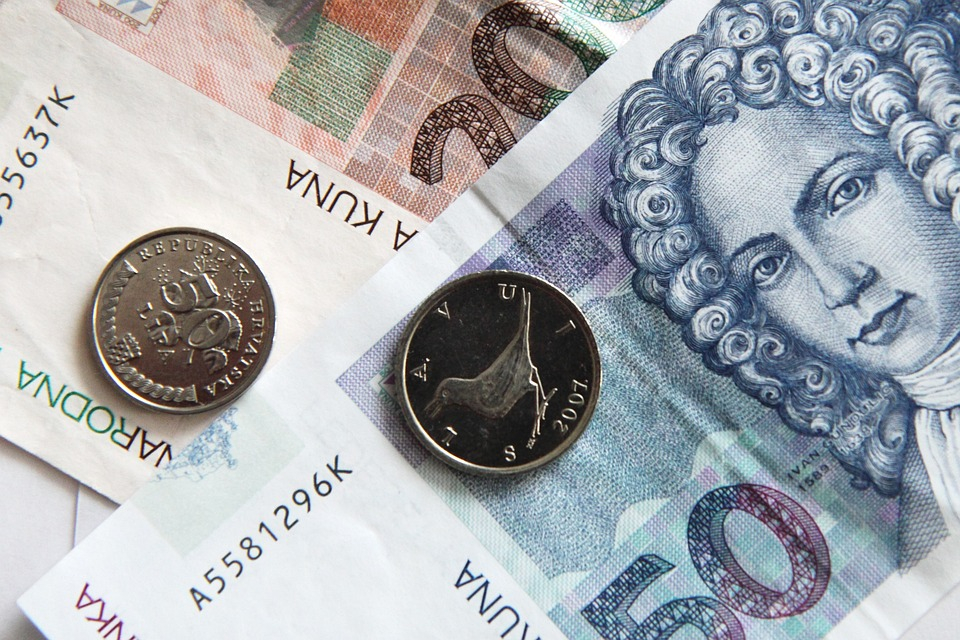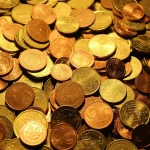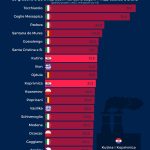Subdivided into those irritating little lipa coins, 100 of them to be exact, the Croatian kuna (coded as HRK) is minted at the Croatian mint and sent out into the country by the Croatian National Bank (CNB). The design of the Croatian kuna banknotes were by Vilko Ziljak and Miroslav Sutej, and the first series of these banknotes were dated on October the 31st, 1993. There was once even a five kuna note, which has been withdrawn since 2007.
Meaning marten (a mink type creature), the kuna’s roots go back to the exchanging of marten pelts (furs, skins) back in medieval times as a form of payment for goods and services. Lipa, those small silver and golden coins which end up in everyone’s back pockets and left on cafe tables because nobody really knows what to do with them, draw their name from the linden tree. These trees were planted in and around Croatian market places during the early modern period.
A brief look into the deeper history of the kuna reveals the importance of martens and their pelts back during, you guessed it, Roman times, where these pelts were collected as a form of tax. These pelts were sought after and carried a very high value, and the Croatian word, marturina, comes from precisely this. Foreign currencies and means of trade and payment were in use across Croatia for many years, but by the time 1939 rolled around, the Banovina of Croatia planned to introduce its own currency alongside Yugoslavia’s dinar. A couple of years later in 1941, under Ustasa rule as the Independent State of Croatia, the Croatian kuna was born, then called the Independent State of Croatia kuna. This was the means of payment in Croatia until 1945, when it was replaced with the dinar.
Fast forward to the turbulent 1990s, Croatia was engulfed in the strife of the breakup of the well and truly failed experiment of Yugoslavia and the Croatian War of Independence broke out (Homeland War/Domovinski rat). Back then, the Croatian dinar, a somewhat short-lived currency was in circulation here, introduced in 1991 and lasting only until the final month of 1994. Then came the Croatian kuna as we know it, tied to the German mark from the very beginning.
Of course, there were those who weren’t fans of calling it the Croatian kuna because the name was coined (no pun intended) by the Independent State of Croatia and was in circulation during 1941-1945, a time many people preferred to try and forget. Other names were suggested as a result, including the banica (the wife of the viceroy) and the kruna (crown). The idea that the kuna would echo back to Ustasa rule and as such be a controversial name was dismissed, and the Croatian kuna remained with its rightful title.
The CNB’s policy was keeping the Croatian kuna’s fluctuations with the bloc’s single currency stable, as the initial expectations for Croatia adopting the euro officially, which was four years after joining the EU in July 2013, didn’t come to fruition.
Croatia adopted the Croatian kuna as we know it today in May 1994, and it has remained in circulation ever since. It will continue being permitted as legal tender until mid January, 2023, but it is officially being scrapped tomorrow, on the 1st of January, 2023, making way for the euro as the country’s new currency. Croatia fulfilled all of the many requirements for Eurozone entry this year, being given the green light not only for Eurozone accession but also for Schengen entry. No country has ever managed to enter both at the same time, on the very same day.
For some, the loss of the Croatian kuna marks a loss of identity and hard-won monetary independence, and for others, the introduction of the euro means more financial and economic stability, less people who have taken out loans being victims of exchange rate fluctuations, and more protection during crises. Whichever camp you fall into, Croatia abandoning the kuna for the euro is certainly an enormous moment in history for the little country that not only could, but consistently has, in the face of whatever has been thrown at it.
For more, check out our politics section.











